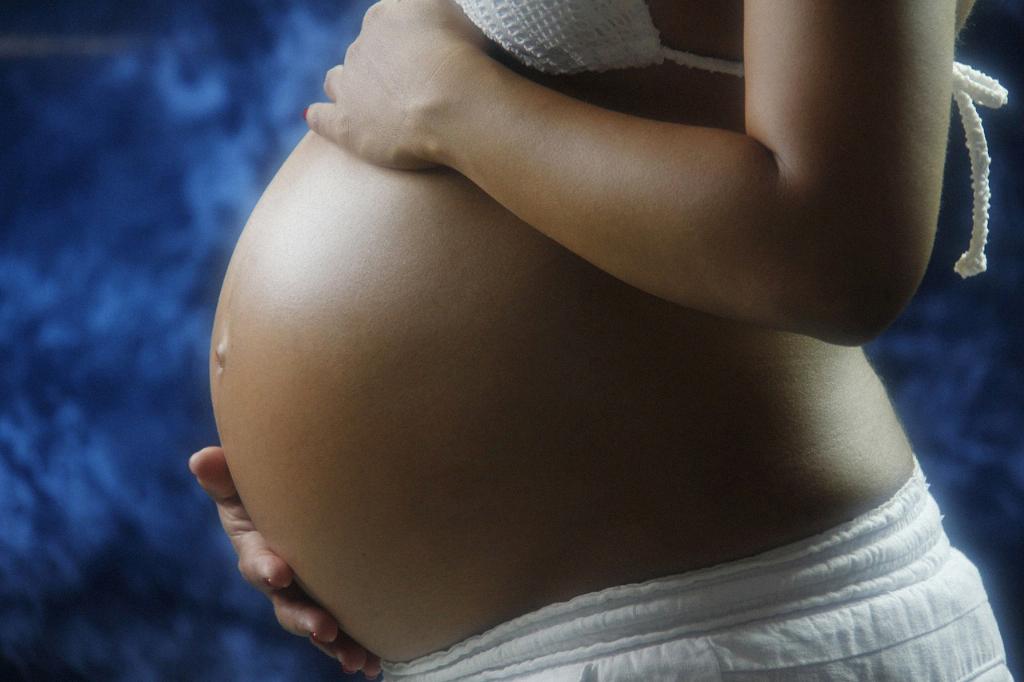Goats are incredible creatures that play an essential role in the lives of many farmers and homesteaders. One common query that arises among goat owners is how to accurately calculate pregnancy for their beloved animals. In this article, we will delve into the fascinating world of goat pregnancy and explore the methods for determining the gestation period of these wonderful animals.
The Average Gestation Period for Goats
Before we embark on understanding the intricacies of calculating pregnancy for goats, it’s crucial to be aware of a fundamental fact: the average length of pregnancy in goats. On average, goats have a gestation period of 150 days, which is roughly equivalent to five months. This knowledge forms the basis for determining when a doe is expected to give birth.
Counting From the Date of Breeding
One method of calculating goat pregnancy involves counting the days from the date of breeding. Once a doe has been successfully bred, you can start counting the days until she is due to deliver her kids. As the average gestation period for goats is 150 days, this can provide an estimate of the expected birthing date.
Monitoring Physical Signs
Another way to calculate pregnancy for goats is by monitoring the physical signs exhibited by the doe. As a doe progresses through her pregnancy, her body will undergo visible changes such as a growing belly, enlarged udders, and behavioral differences. These signs can help indicate the stage of pregnancy and approximate when she may give birth.
Ultrasound Examination
For a more precise method of determining goat pregnancy, ultrasound examinations can be conducted. An experienced veterinarian can use ultrasound technology to visually confirm the presence of fetuses in the doe’s womb. This method provides accurate information on the number of kids and helps in estimating the stage of pregnancy.
Palpation Technique
Palpation is another technique used to calculate pregnancy in goats. By gently feeling the abdomen of the pregnant doe, a skilled individual can detect the presence of developing fetuses. This method requires expertise and is commonly performed by veterinarians or experienced goat handlers.
Behavioral Changes
As a goat progresses through pregnancy, she may exhibit changes in behavior that can offer clues about her impending delivery. Paying attention to signs such as restlessness, nesting behavior, and vocalizations can help in predicting when the pregnant doe is nearing her due date.
Preparations for Kidding
Once the gestation period has been calculated and the due date is approaching, it’s essential to make necessary preparations for kidding. This includes ensuring the doe has a clean and comfortable birthing area, gathering supplies such as towels and gloves, and having contact details for a veterinarian in case of any complications.
Postpartum Care
After the pregnant doe has given birth to her kids, it’s crucial to provide adequate postpartum care. This involves monitoring the mother and newborns for any health issues, ensuring the kids are nursing properly, and maintaining a clean environment to prevent infections.
Conclusion
Calculating pregnancy for goats is an essential aspect of goat husbandry that requires attention to detail and an understanding of the gestation period. By utilizing methods such as counting from the date of breeding, monitoring physical signs, and employing techniques like ultrasound and palpation, goat owners can accurately predict when their does will give birth and prepare accordingly for the arrival of new kids.

